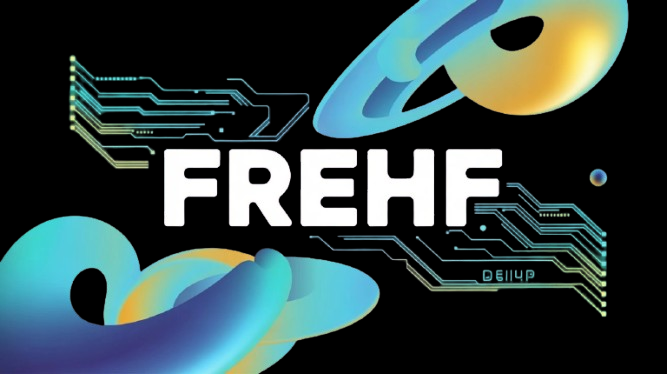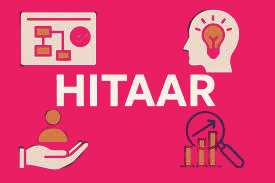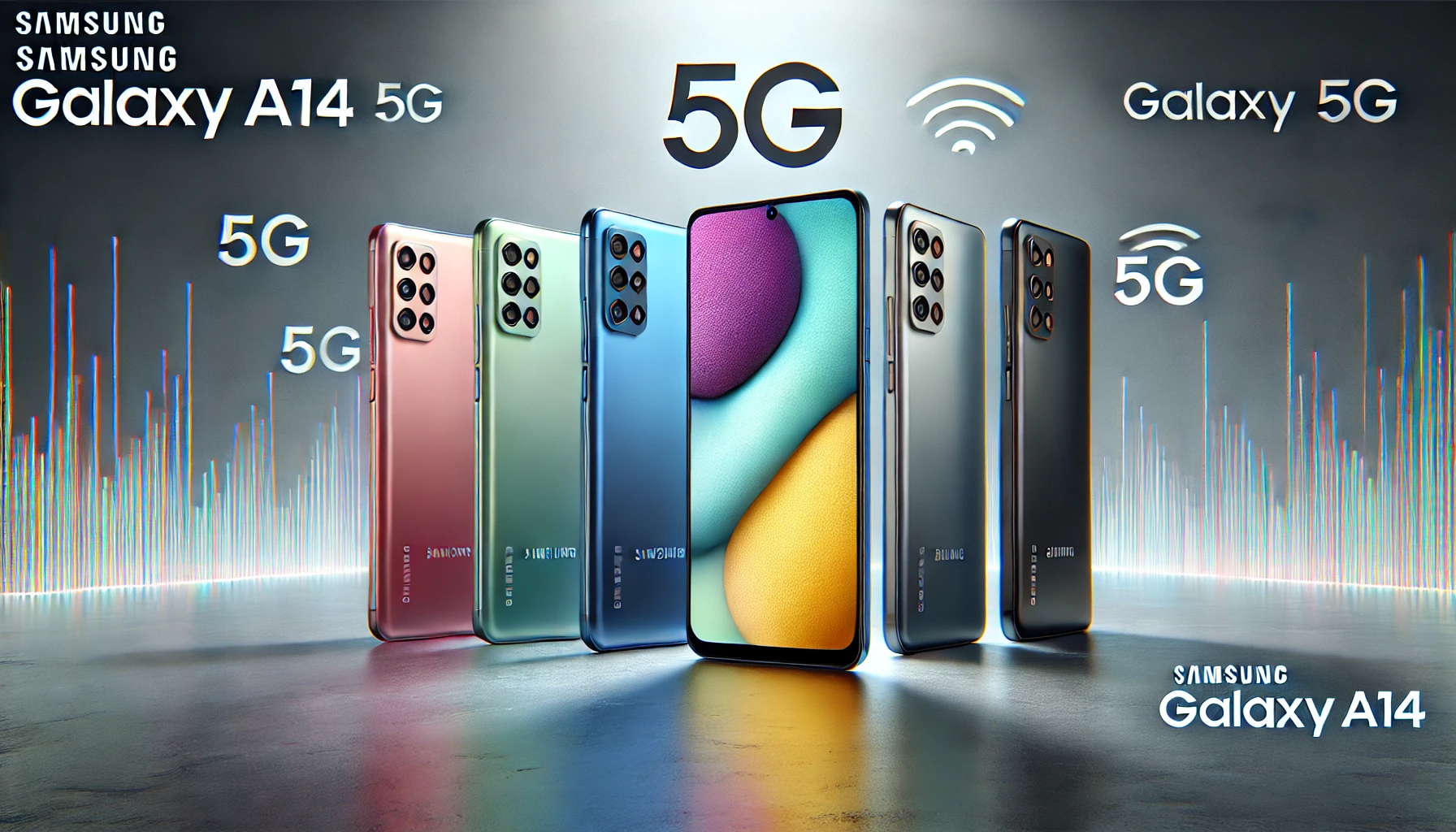In a world where technology evolves faster than our ability to keep up, one concept is gaining buzz for its fresh perspective and potential: Frehf. Positioned as a next-generation force, Frehf is reshaping our perspective on digital innovation, human-machine interaction, and creative expression. In this article, we’ll unpack what Frehf is, why it matters, and how it might change the game across industries.
What Is Frehf?
Frehf (often presented in full as Future-Ready Enhanced Human Framework) is a conceptual framework that aims to bring emotion, context, and adaptability into digital systems. Rather than static tools that force users to conform, Frehf proposes systems that adapt themselves to human needs, preferences, mood, and environment.
At its core, Frehf is built on the union of AI, cognitive science, emotional intelligence, and immersive media, forming an ecosystem where technology becomes more empathetic, intuitive, and responsive. It’s not a product per se, but a design philosophy and architecture for the next wave of human-centric digital systems.
Why Frehf Is Emerging Now
The demand for more “human” digital experiences is growing. As users grow weary of cold, transactional interactions and generic UX, Frehf steps in to fill a gap. It offers systems that not only respond but anticipate, sense, and adjust.
Several trends are converging to make Frehf viable:
- Advances in emotional AI and affective computing allow machines to detect tone, sentiment, micro-expressions, and other human cues.
- The proliferation of immersive tech (VR, AR, haptics) means interaction goes beyond click and scroll.
- Growing expectations for personalization, context-awareness, and more innovative experiences push us beyond static UX to adaptive systems.
- The cultural appetite for authenticity and “freshness” drives creators and end users to demand systems that feel alive, not canned.
These forces have made the moment right for Frehf to gain traction as a guiding concept in digital innovation.
Core Principles Behind Frehf
A few foundational ideas distinguish Frehf from conventional systems:
- Empathy and emotional resonance: Frehf systems strive to perceive and respond to user emotion, not just logical inputs.
- Adaptability: The system evolves with the user, learns from its context, and adjusts its behavior over time.
- Immersive experience: Beyond flat screens, Frehf leverages AR, VR, haptics, and multimodal feedback to deliver more engaging interaction.
- Seamless integration: Rather than being a closed “app,” Frehf is envisioned as an integrated layer across platforms and devices.
- Human-first design: Frehf flips the paradigm: instead of “humans adapt to tech,” technology adapts to humans.
These principles guide how Frehf frameworks are theorized, designed, and eventually implemented.
How Frehf Works in Practice
Translating Theory to reality, Frehf is realized through layered technological components:
- Emotional and contextual sensing via voice analysis, facial cues, physiological sensors, and context detection.
- AI and cognitive modeling: systems interpret user state, historical behavior, context, and goals to inform next moves.
- Natural language processing (NLP): enabling conversational, fluid exchanges aligned with human speech patterns.
- Feedback loops & adaptation engines: the system refines itself based on outcomes and adjusted user preferences over time.
- Immersive rendering: AR/VR scenes, haptic cues, spatial audio, layered content immersion.
- Modular architecture: Plug-ins or “blocks” can be swapped, updated, or extended without requiring an overhaul of the entire system.
In effect, a Frehf system can sense your emotional tone, suggest a soothing UI shift, adapt menu options, anticipate your following action, and create a more meaningful and fluid interaction.
Use Cases: Where Frehf Can Make an Impact
Frehf is not limited to one domain. Here’s how it might reshape different sectors:
- Healthcare & wellness: Systems can detect stress, anxiety, or mood, and respond with adaptive interventions—gentle prompts, calming visuals, or shifting task loads.
- Education & e-learning: Frehf platforms can sense student frustration, adapt pace or modality, and dynamically reshape lessons.
- Workplace productivity: Tools that monitor emotional fatigue could rework workflows, suggest breaks, or reconfigure interfaces.
- Entertainment & immersive media: Games, films, virtual worlds that adapt mood, storyline, or visuals in response to user emotion.
- Innovative environments & IoT: Spaces that sense occupants’ general states—adjust lighting, soundscapes, or ambient cues to complement mood.
- Customer experience & commerce: Shopping platforms that respond dynamically to delight or frustration, personalize offers, and shift navigation flows.
Each use case taps Frehf’s promise: making digital systems less rigid and more empathetic, context-aware, and alive.
Benefits of Adopting Frehf
Embracing Frehf brings several clear advantages:
- Deeper user engagement: Systems that feel alive retain attention and build loyalty.
- Higher efficiency: By anticipating user needs, friction and redundant steps are reduced.
- Personalization at scale: Frehf can provide tailor-made experiences to individuals without needing manual configuration.
- Emotional alignment: The ability to connect on an emotional level can foster trust and rapport between user and system.
- Creative freedom: For creators, Frehf environments open new modes of expression and interaction.
- Differentiation: In a crowded tech space, systems built with Frehf in mind stand out as more human and intelligent.
These benefits combine to make Frehf a compelling paradigm for next-generation digital innovation.
Challenges & Risks to Navigate
No paradigm shift comes without hurdles. Frehf faces real challenges:
- Technical complexity: Building reliable emotional AI, context models, and immersive feedback is no trivial task.
- Privacy & ethics: Systems that read emotion or bodily cues invite risks of manipulation, bias, or overreach.
- Adoption inertia: Organizations may resist shifting from traditional, deterministic systems to adaptive, fluid ones.
- Cost of development: Prototyping, iteration, and maintaining such nuanced systems are resource-intensive.
- Interpretation errors: Misreading emotional signals could lead to awkward or even harmful responses.
- Overdependence: Users might come to expect overly adaptive systems and struggle when interacting with simpler tech.
Navigating these risks requires rigorous design ethics, transparent user control, fallback modes, and careful iteration to ensure optimal performance.
Frehf and Creative Expression
One of Frehf’s most exciting potentials lies in creativity. Instead of creators being limited by static tools, Frehf can act as a co-creator:
- Artists could embed systems that adapt their work in response to the audience’s emotions or environment.
- Musicians may have compositions that dynamically morph in response to listeners’ moods.
- Digital storytellers can craft narratives that shift paths in response to subtle emotional feedback.
- Interactive installations can respond to a visitor’s physiology, context, and group dynamics, providing a personalized experience.
By merging innovation and expression, Frehf invites creators to extend their voice beyond fixed boundaries and into living, interactive ecosystems.
How to Begin with Frehf Thinking
If you’re a technologist, designer, or creative looking to adopt Frehf, here’s how to start:
- Begin with empathy mapping: Understand not only what users do, but also how they feel, why they think that way, and what triggers these shifts.
- Prototype emotion sensing: Try fundamental sentiment analysis, tone detection, or physiological cues in sandbox settings.
- Design fallback logic: Since no model is perfect, always have safe fallback or override paths in place.
- Iterate with feedback loops: Track how the system’s responses fare and refine them over time.
- Expose control to users: Let users choose how much adaptation they want; never make it invisible.
- Modularize your architecture: Build in blocks so parts of a Frehf system can be improved or replaced.
- Start small, test in narrow domains: Pick one interaction (such as chat, UI color shifts, or recommendations) and build upon it.
Starting with these steps helps ground Frehf more practically, reducing risk and facilitating faster learning.
The Future Outlook for Frehf
Over the next decade, Frehf may shift from conceptual to foundational. As emotional AI matures, immersive tech diffuses, and user expectations evolve, Frehf could become a core paradigm in UX design, system architecture, and digital culture itself.
We may see open Frehf toolkits, developer ecosystems, and standards emerging to support interoperable human-adaptive systems. The boundary between human and machine could blur further. While challenges remain, the momentum behind Frehf suggests it may define how we will interact with technology in years to come.
Conclusion
Frehf—short for Future-Ready Enhanced Human Framework—is making waves as a next-gen force in digital innovation and creative expression. By centering empathy, adaptability, immersion, and human-first design, it promises a future in which technology doesn’t just serve us, but resonates with us. Although it faces challenges in ethics, complexity, and adoption, the potential benefits are enormous: richer engagement, more expressive media, and systems that feel alive rather than inert.




